If your webinar email subject lines are not like good movie trailers—snappy, intriguing, and just enough to make people want more, it’s GAME OVER already.
Truth bomb! After working in the webinar industry for nearly a decade, I realized that most webinar creators hardly care about the email subject lines.
That’s weird, right?
Yeah, to ensure the best outcomes from your webinar efforts, you must take care of webinar emails, especially their subject lines, which make or break your audience.
Here’s a blog with a detailed view of the best webinar email subject lines pre- and post-webinars and how to make them really effective.
Let’s get started.
What’s the Importance of Webinar Email Subject Lines?
The subject line of a webinar email is critical for several reasons, as it can determine whether the email gets opened, ignored, or sent to the spam folder. Here’s why it’s important:
1. First Impression
The subject line is the first thing recipients see in their inbox. It provides the first impression of your webinar and can make the difference between engaging them or being overlooked. A compelling subject line grabs attention instantly.
2. Boost Open Rates
Did you know that almost 47% of recipients open an email based on the subject line, and close to 69% of recipients report emails as spam based on the subject line?
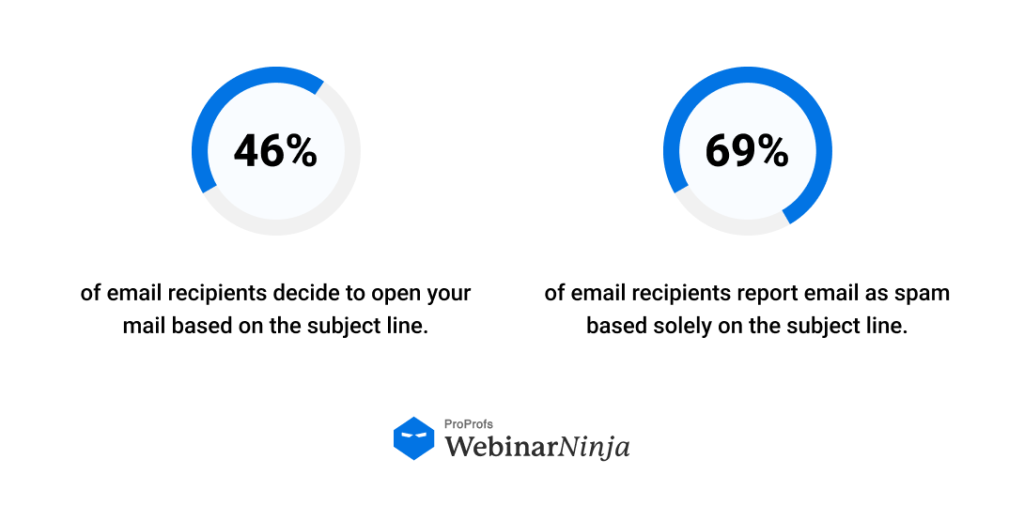
A well-crafted subject line can encourage recipients to open the email. With many people receiving numerous emails daily, a clear, concise, and intriguing subject line increases the chances that they’ll be interested in your message.
3. Sets Expectations
The subject line helps set expectations for the webinar’s content. It should give a clear indication of what the recipient will gain by attending the webinar, whether it’s learning something new, solving a problem, or gaining a competitive advantage.
4. Conveys Urgency or Relevance
A subject line can create a sense of urgency or timeliness, encouraging immediate action. Phrases like “Last chance to register” or “Limited seats available” motivate recipients to act quickly.
5. Target Audience Engagement
A well-targeted subject line appeals to the specific audience you’re trying to reach. Personalizing it or addressing their pain points directly makes the email feel more relevant and worth their time. Incorporating proven email design tips alongside compelling subject lines can further improve open rates, ensuring the overall look and feel of your message captures attention as soon as it’s opened.
6. Avoids Spam Filters
A poorly written or overly promotional subject line may trigger spam filters, especially if it includes too many capital letters, exclamation marks, or buzzwords. A balanced, natural subject line helps ensure the email reaches the inbox.
7. Improves Click-Through Rates
Once the email is opened, the subject line still influences engagement. If it aligns with the content inside, the recipient is more likely to click through to the webinar registration or information page.
The Winning Formula for Compelling Webinar Email Subject Lines
A compelling webinar subject line is key to attracting attendees. Here’s a winning formula:
1. Clarity and Relevance:
- Be specific: Clearly state the webinar’s topic. Avoid vague or overly general terms.
- Highlight the value proposition: What will attendees gain? Will they learn a new skill, solve a problem, or gain valuable insights?
2. Intrigue and Urgency:
- Create curiosity: Use words that pique interest and make people want to learn more.
- Emphasize time sensitivity: Include phrases like “Don’t miss out,” “Limited spots,” or “Register now.”
3. Personalization and Emotion:
- Address the audience directly: Use “you” or “your” to make it personal.
- Evoke emotion: Use words that resonate with the target audience’s needs, desires, or pain points.
4. Brevity and Format:
- Keep it concise: Aim for 60 characters or less to ensure it’s fully visible in inboxes.
- Use numbers or questions: Numbers can catch the eye, and questions engage the reader.
What Are the Types of Webinar Email Subject Lines? (With Examples)
The subject lines for webinar emails are crucial in catching attention and increasing webinar registrations or attendance. Here are some common types of subject lines, along with examples for each:
1. Webinar Invitation Email Subject Lines
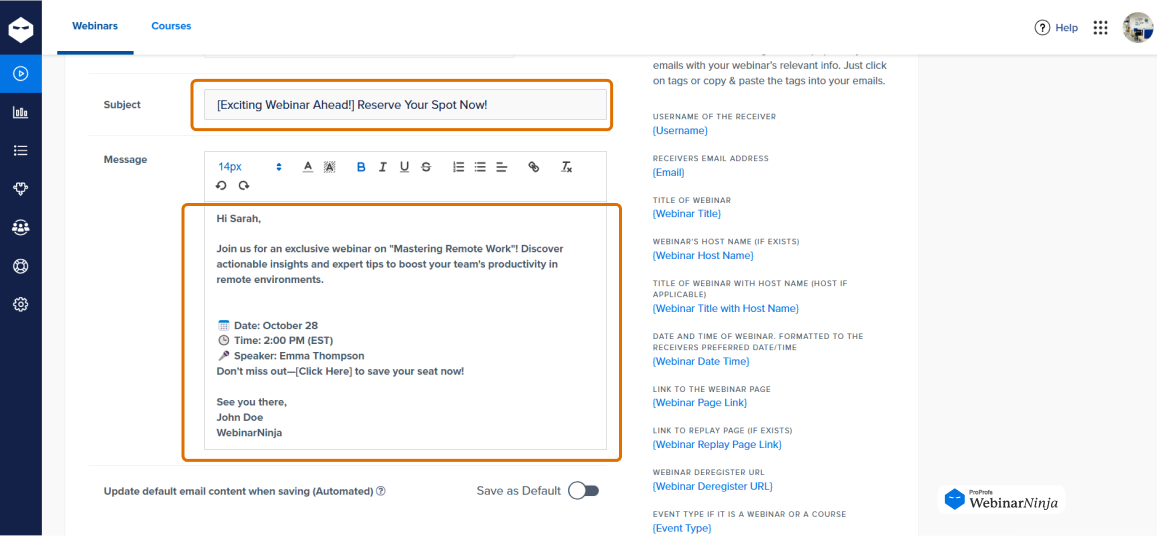
These serve as your initial invitations. In fact, the webinar invite email subject lines are designed to encourage people to sign up for the webinar.
Curiosity-Driven:
- “Unlock the Secrets to [Topic] in Our Upcoming Webinar!”
- “What’s Missing from Your [Industry] Strategy? Find Out Here.”
- “Are You Making These Common [Topic] Mistakes? Learn How to Avoid Them.”
Benefit-Oriented:
- “Boost Your [Skill] in Just One Hour – Free Webinar!”
- “Learn How to [Achieve a Specific Goal] with Expert Tips.”
- “Join Us to Master [Topic] and Elevate Your [Skill/Business].”
Urgency-Based:
- “Limited Spots Available! Register for [Topic] Webinar Now.”
- “Hurry, Don’t Miss Your Chance to Learn [Topic]!”
- “Act Fast! Webinar Registrations Closing Soon.”
2. Webinar Reminder Email Subject Lines
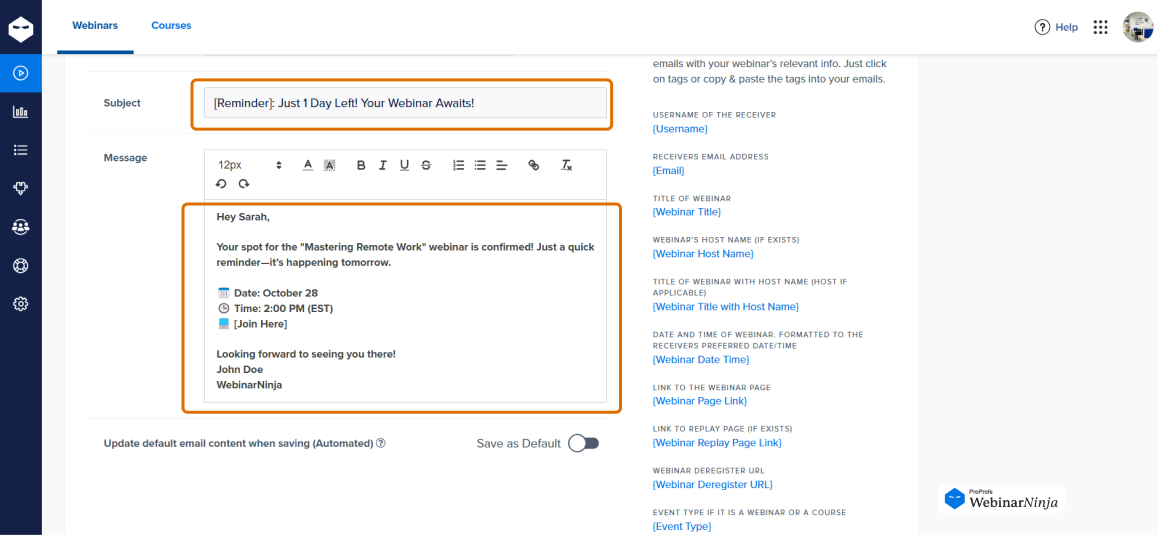
These are sent to registered participants as the webinar date approaches, ensuring they don’t forget to attend.
Curiosity-Driven:
- “Are You Ready for [Topic]? Our Webinar Starts Tomorrow!”
- “Just One Day Left Until You Learn [Skill] – Are You In?”
- “What Will You Discover in Tomorrow’s [Topic] Webinar?”
Urgency-Based:
- “Reminder: Webinar on [Topic] Starts in 24 Hours!”
- “Don’t Forget – Join Us Tomorrow for Our [Topic] Webinar!”
- “Only a Few Hours Left – Save Your Spot in Today’s Webinar.”
Expert Speaker Highlight:
- “Reminder: Join [Speaker] Tomorrow for an Exclusive Webinar!”
- “Final Call: Don’t Miss [Expert Name] on [Topic].”
- “Just Hours Left: [Industry Expert] Shares Insights Today.”
3. Webinar Confirmation Email Subject Lines
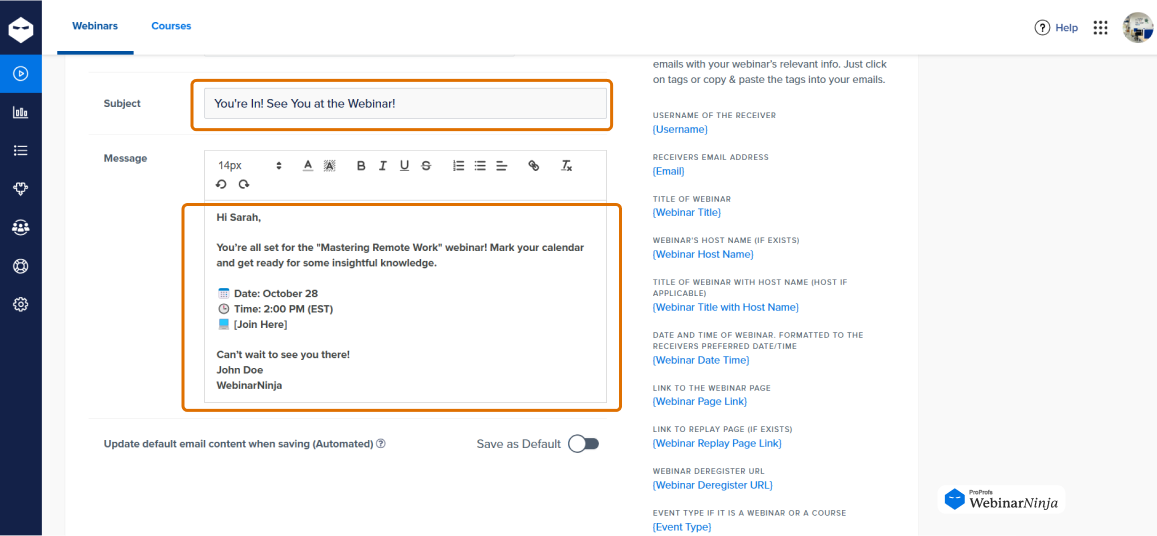
These emails confirm a participant’s registration, reinforcing their commitment to attend.
Benefit-Oriented:
- “You’re In! Get Ready to Learn [Topic] in Our Webinar.”
- “Your Seat is Confirmed! Here’s What You’ll Learn in [Topic].”
- “Thanks for Registering! Prepare to Master [Skill] in Our Webinar.”
Logistics Focused:
- “Webinar Confirmation: [Topic] on [Date and Time] – Here’s What You Need to Know.”
- “You’re Registered! Save the Date for [Topic] Webinar.”
- “Your Webinar Spot is Reserved – Details Inside.”
4. Webinar Follow-up Email Subject Lines
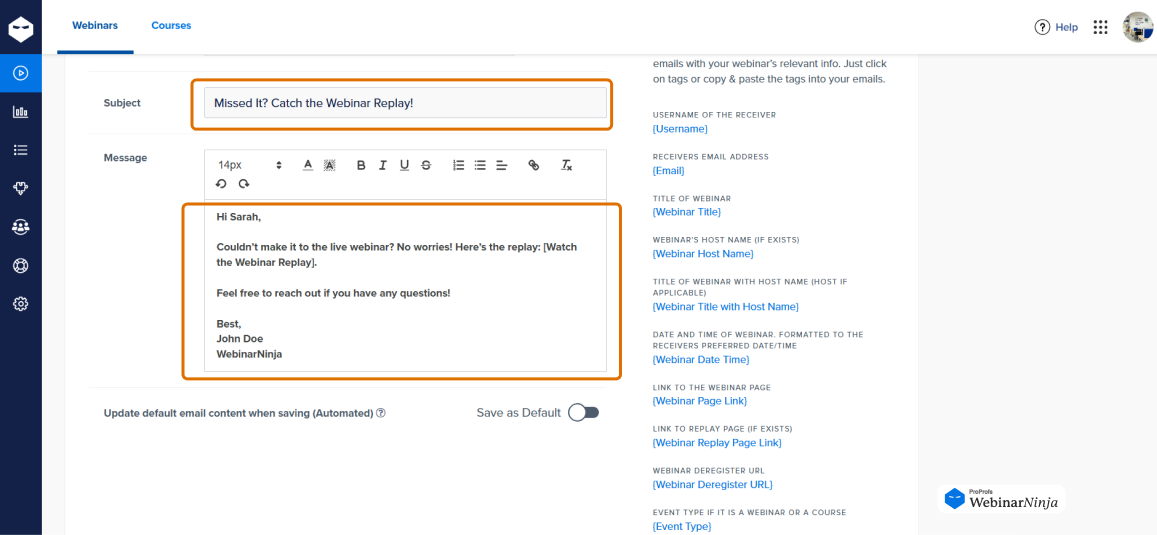
These are sent immediately after the webinar, often with a recording or additional resources.
Thank You & Engagement:
- “Thank You for Attending! Here’s the [Topic] Webinar Replay.”
- “We Appreciate You Joining Us – Watch the Webinar Recording Here.”
- “Missed Anything? Catch Up with Our [Topic] Webinar Recap.”
Resource-Oriented:
- “Here’s the [Topic] Webinar Recording and Bonus Materials.”
- “Get Your [Topic] Webinar Recording and Extra Resources Now!”
- “Don’t Forget: Download Your [Topic] Webinar Materials Here.”
5. Post-Webinar Email Subject Lines
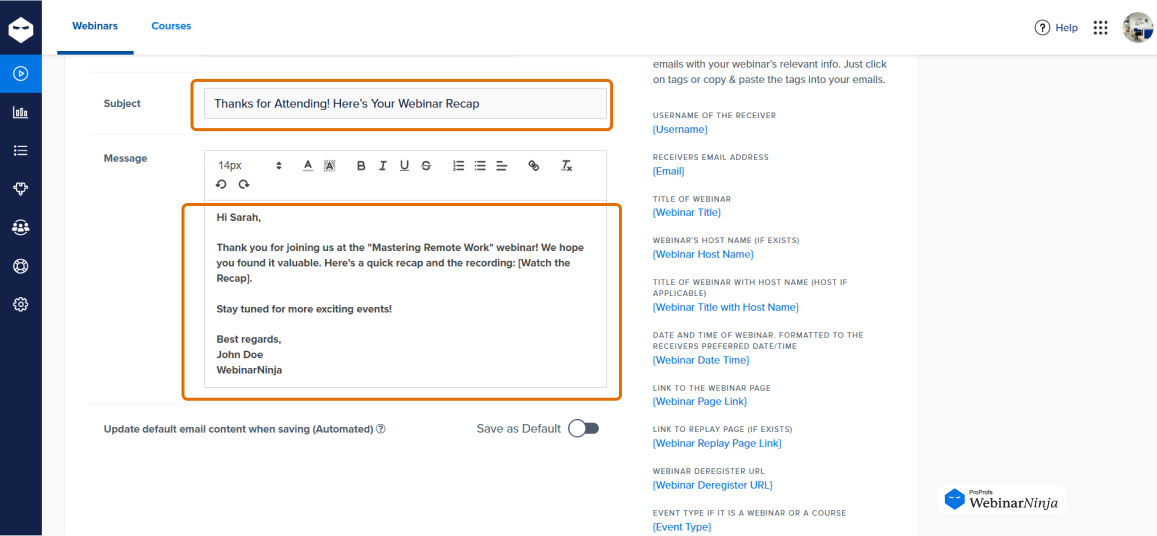
These emails are sent after the webinar has concluded. Also known as webinar follow-up emails, they maintain engagement, provide additional value, or promote future webinars.
Curiosity-Driven:
- “What’s Next After [Topic]? Discover More in Our Upcoming Webinars.”
- “Want to Learn More About [Related Topic]? Here’s What’s Coming Up.”
- “Did Our Webinar Spark Questions? Here’s What You Can Do Next.”
Call-to-Action Focused:
- “Continue Your Journey: Register for Our Next Webinar on [Related Topic].”
- “Don’t Stop Now! Here’s How to Take [Topic] Further.”
- “Ready for More? Join Us Again to Learn [Related Topic].”
Survey/Feedback-Oriented:
- “We Value Your Opinion: How Did You Enjoy the [Topic] Webinar?”
- “Your Feedback Matters! Take a Minute to Share Your Thoughts on [Topic].”
- “Help Us Improve – Tell Us What You Thought of Our Webinar.”
What Are the Best Practices for Writing Webinar Email Subject Lines?
While it is the first thing recipients see, the subject lines can make or break their decision to open the email. Here are some best practices for crafting compelling email subject lines:
1. Keep It Short and Clear
When writing a subject line, brevity is key.
A good rule of thumb is to aim for around 6-10 words or approximately 40 characters. This ensures that the subject line is fully visible on both desktop and mobile devices without being cut off.
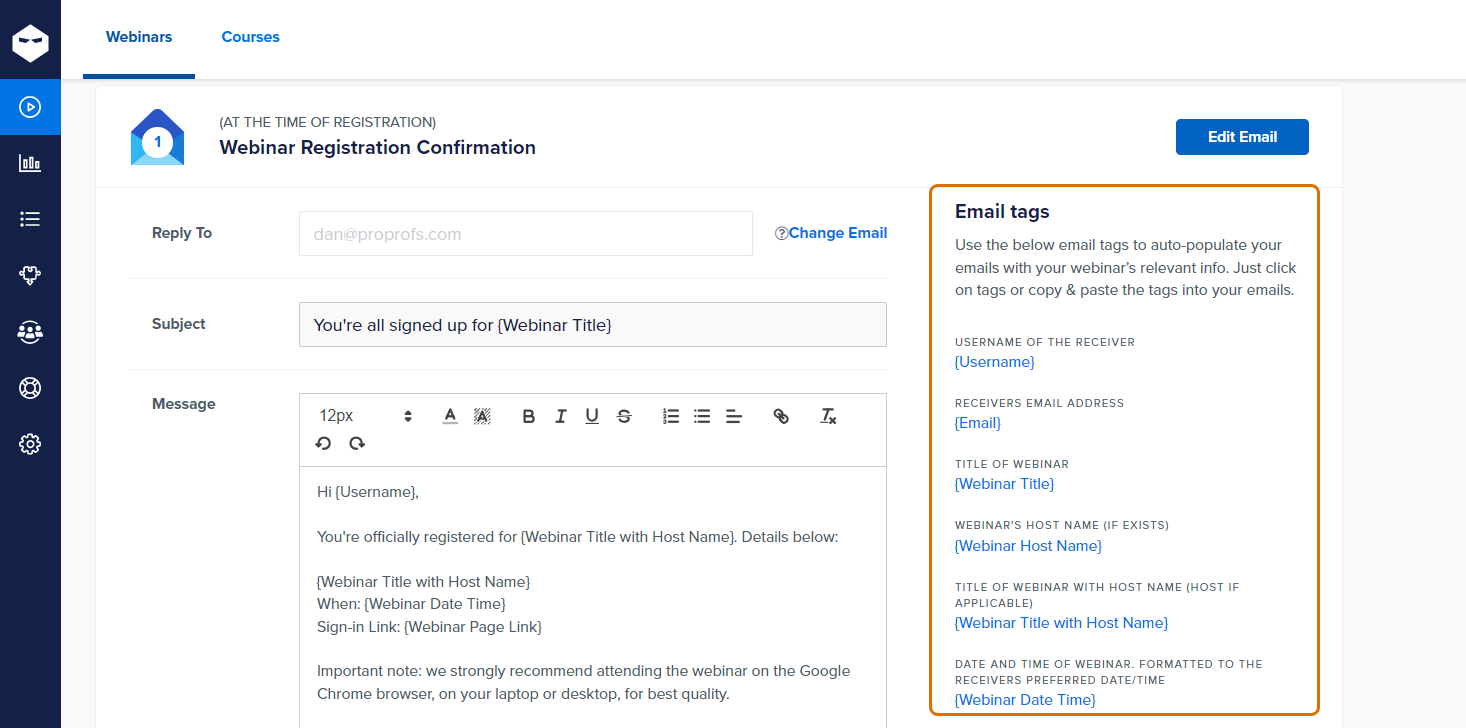
Avoid jargon or overly complicated phrasing that could confuse the reader.
For example, “Join Our Free Webinar on Digital Marketing” clearly communicates the event and its topic, making it easy for the recipient to decide whether it’s relevant to them.
2. Highlight the Value or Benefits
Your subject line should emphasize the key benefits or takeaways from attending the webinar.
What will the recipient gain by participating? People are more likely to open an email if they know there’s something valuable in it for them, whether it’s learning a new skill, gaining insight into an industry trend, or solving a common problem.
For example, “Boost Your Sales with These Proven Strategies” is a clear value-driven subject line that highlights the potential outcomes of attending the event.
3. Create a Sense of Urgency
Encouraging quick action can significantly increase email open rates, especially if you can create a sense of urgency.
Phrases like “Last Chance,” “Seats Are Filling Up,” or including a deadline like “Register by Friday” can nudge recipients to act sooner rather than later.
For example, “Last Chance: Register for Tomorrow’s SEO Webinar” pushes the reader to take action immediately.
Time-sensitive language can be especially effective when your goal is to increase last-minute registrations.
4. Use Numbers or Statistics
Incorporating numbers into your subject line is a proven tactic to capture attention. Numbers make the content seem more concrete and manageable, which can increase the perceived value.
For instance, “5 Tips to Improve Your Social Media Strategy” clearly outlines what the reader will learn and suggests a focused, easy-to-digest format.
Numbers can also create a sense of structure and help people decide whether the webinar is worth their time.
5. Personalize When Possible
Personalizing subject lines by including the recipient’s name or referencing their industry or interests can make your emails feel more relevant.
Personalized emails tend to perform better because they feel more tailored to the individual rather than mass-distributed.
For example, “John, Learn How to Grow Your Business with AI” creates a personal connection by addressing the recipient directly.
Let’s get a better idea of this aspect in the next section.
6. Ask a Question
Questions can provoke curiosity and engagement, making the recipient more likely to open the email to find the answer.
A well-phrased question in your subject line can encourage the reader to think about a problem they want to solve or a goal they want to achieve.
For example, “Want to Master Email Marketing in 2024?” asks a question that directly addresses the recipient’s potential aspirations, making them curious about how the webinar can help them achieve that goal.
7. Use Action-Oriented Language
Strong, action-oriented verbs in your subject line can create a sense of immediacy and enthusiasm, prompting the reader to take action.
Words like “Learn,” “Discover,” “Join,” or “Unlock” convey a clear benefit and encourage participation.
For example, “Discover the Future of AI in Marketing” uses an active verb to create excitement and position the webinar as an opportunity for gaining new knowledge.
8. Mention Speakers or Hosts (If Relevant)
If your webinar features well-known speakers or industry experts, highlight this in your subject line. Recognizable names can add credibility and attract people who are particularly interested in hearing from these experts.
For example, “Webinar with SEO Expert John Smith – Register Now” positions the speaker as a central attraction, which can be a strong draw for those familiar with their work or expertise.
Including speaker names can also give your webinar a sense of authority and prestige.
9. Avoid Spammy Language
Words like “free,” “guarantee,” or excessive punctuation can trigger spam filters, reducing the likelihood that your email will even reach your recipient’s inbox.
Avoid using ALL CAPS or overusing exclamation points, as these can come across as overly aggressive or promotional.
For example, instead of “FREE WEBINAR TOMORROW!!!” you could say “Join Our Webinar on Marketing Trends Tomorrow” for a more polished and approachable tone.
10. Test and Optimize
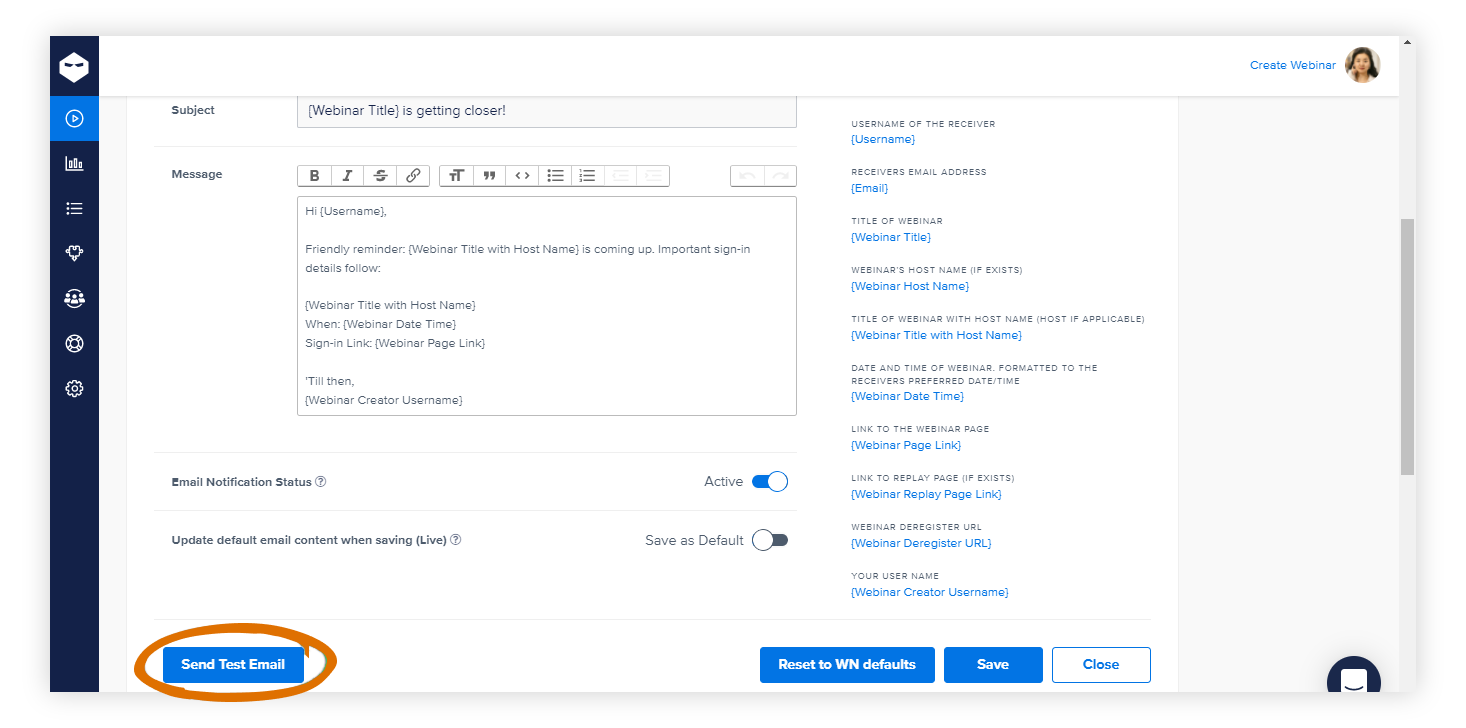
No matter how carefully crafted, not every subject line will perform equally well across different audiences.
That’s why it’s important to test different variations to see what resonates best with your target audience. A/B testing can help you determine which wording, length, or phrasing leads to higher open rates.
Besides, continuously monitor the performance of your subject lines over time and make data-driven adjustments.
How to Personalize Webinar Email Subject Lines
One of the best ways to make your webinar subject lines more effective is by personalizing them according to your audience. Though it takes a bit more effort, the results are sublime.
Here’s how to achieve better results:
1. Grab Attention by Addressing Recipients by Name: Increase Open Rates Instantly
Personalizing your subject lines with the recipient’s first name is one of the most effective ways to grab attention. People are more likely to open an email when they feel like it’s tailored specifically for them.
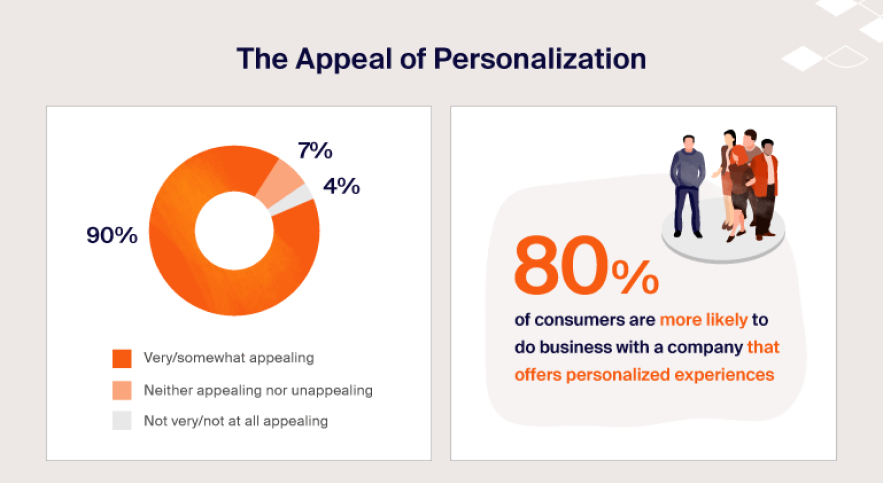
(Image Source: BotPenguin)
A name adds a personal touch and makes the recipient feel valued, leading to higher engagement.
Example:
- “Sarah, Join Us for an Exclusive Webinar on Boosting Sales!”
- “Tom, Don’t Miss Out on Our Leadership Development Webinar”
2. Highlight Unique Benefits: Show Immediate Value to Drive Interest
Emphasizing the specific benefit your recipient will gain from attending the webinar can significantly increase your open rates. Make it clear what they will learn, gain, or achieve by joining.
Example:
- “Unlock Proven Sales Strategies in 60 Minutes!”
- “Learn to Master Time Management and Boost Your Productivity”
3. Spark Curiosity with Questions: Engage Your Audience Immediately
A subject line that asks a question piques curiosity and encourages recipients to open the email to find the answer. When the question reflects their current challenges or goals, it makes them more likely to click through.
Example:
- “Are You Ready to Level Up Your Marketing Game?”
- “Do You Know How to Turn Prospects into Loyal Clients?”
4. Leverage FOMO (Fear of Missing Out): Create Urgency to Drive Action
By creating a sense of urgency or exclusivity, you can compel recipients to open the email. Letting them know space is limited or that this is an exclusive opportunity makes them feel they can’t afford to miss out.
Example:
- “Only 10 Spots Left! Reserve Your Seat for Our SEO Masterclass”
- “Last Chance to Join Our Exclusive Webinar on Financial Planning”
5. Use Personal or Professional Goals: Address Their Aspirations
Tap into your recipient’s desires or professional goals by personalizing the subject line to align with their ambitions. Highlight how your webinar can help them achieve those goals.
Example:
- “Achieve Your 2024 Growth Goals with Expert Advice”
- “Take the First Step Toward Leadership Success in Our Free Webinar”
6. Add Time-Sensitive Information: Drive Immediate Action
Including time-related details in the subject line can give recipients a sense of urgency and importance. This can encourage them to prioritize the email and take immediate action.
Example:
- “Join Us Tomorrow for a Live Q&A on Business Strategy”
- “Happening Today: How to Scale Your Business in 2024”
7. Incorporate Personalized Data: Offer Specific Insights to Show Relevance
If you have data about the recipient’s interests, industry, or business, use that to personalize the subject line further. The more tailored it is to their specific situation, the more likely they are to open the email.
Example:
- “Increase Your ROI by 20% with These Advanced Marketing Techniques”
- “Tailored Strategies for Non-Profit Growth – Join Our Free Webinar”
8. Create Intrigue with ‘Behind-the-Scenes’ or Insider Language: Make Them Feel Special
People love getting access to exclusive content or feeling like they’re part of an insider group. Use this to your advantage by creating intrigue in your subject line, which can encourage curiosity-driven opens.
Example:
- “Get Insider Tips on Building a Thriving Remote Team”
- “Exclusive Behind-the-Scenes Look at Top Startups’ Success Strategies”
9. Include Action Verbs: Encourage Immediate Participation
Starting your subject line with action-oriented verbs can motivate recipients to take action right away. It adds an energetic tone and inspires them to get involved.
Example:
- “Unlock the Secrets to Successful Branding in Our Free Webinar”
- “Transform Your Business with These Expert-Approved Techniques”
10. Offer a Solution to Their Pain Points: Show How You Can Help
If you know what problems your audience is struggling with, directly address those pain points in your subject line. This makes the email highly relevant and signals that your webinar will provide solutions they need.
Example:
- “Struggling with Customer Retention? Learn How to Fix It in Our Webinar”
- “Overcome Burnout and Reclaim Work-Life Balance – Here’s How”
11. Personalize by Role or Industry: Speak Directly to Their Position
When your webinar targets a specific industry or job role, personalizing the subject line with that detail shows relevance and value to the recipient’s professional life.
Example:
- “CEOs, Learn How to Drive Growth with Cutting-Edge AI Strategies”
- “Marketing Professionals, Here’s How You Can Dominate 2024”
12. Mention Collaborative Learning: Foster a Sense of Community
People often enjoy learning as part of a community. Mentioning that other professionals or peers will be attending can add social proof and increase their interest.
Example:
- “Join 500+ Entrepreneurs to Learn Winning Business Tactics”
- “Network with Industry Leaders in Our Free Marketing Webinar”
Webinar Email Subject Lines: Common Mistakes to Avoid
Do you wish to make your webinar email subject lines stand out? Here are some common mistakes you should avoid while crafting them:
1. Being Too Generic
Using vague or generic subject lines like “Join our Webinar” or “Upcoming Event” fails to create curiosity or communicate value, making these emails easy to ignore.
What to Ensure: Be specific about what the webinar covers and why it’s valuable (e.g., “Master SEO in 2024: Top Strategies”).
2. Misleading or Overhyped
Using clickbait or making exaggerated promises like “Unbelievable Secrets Revealed” can lead to distrust if the webinar doesn’t live up to the hype, causing disengagement.
What to Ensure: Keep it accurate and aligned with what the webinar delivers (e.g., “How to Increase Sales Using LinkedIn Ads”).
3. Being Too Long
Writing overly long subject lines that get cut off in most email clients can leave out key information and diminish the impact of the message.
What to Ensure: Keep subject lines concise, ideally under 60 characters (e.g., “Boost Your Brand with Instagram in 30 Minutes”).
4. Neglecting Urgency
A lack of urgency makes recipients feel like they can put off opening the email or signing up for the webinar, reducing overall engagement.
What to Ensure: Add urgency with a time-sensitive element (e.g., “Last Chance to Register for Tomorrow’s Webinar”).
5. Ignoring Personalization
Sending a generic subject line to everyone without tailoring it to individual recipients can feel irrelevant and lead to lower open rates.
What to Ensure: Use personalization tokens to make the email feel more relevant (e.g., “John, Learn How to Grow Your Business with AI”).
6. Missing a Clear Value Proposition
Failing to clearly communicate what the recipient will gain from attending the webinar can result in a lack of interest or motivation to sign up.
What to Ensure: Highlight the main takeaway or benefit to attract attention (e.g., “5 Ways to Cut Marketing Costs in 2024”).
7. Overuse of Symbols or All Caps
Using too many special characters or writing in all caps can make the email look spammy, which can hurt your open rates.
What to Ensure: Keep the tone professional and limit the use of punctuation and caps (e.g., “Proven Tactics for Startup Growth in 2024”).
8. Not Testing Subject Lines
Not A/B testing different subject lines limits your ability to learn what resonates best with your audience, potentially preventing higher engagement.
What to Ensure: You can A/B test different versions to see what drives higher open rates (e.g., testing “How to Build an Engaged Community” vs. “Join Our Community-Building Webinar”).
Maximize Webinar Engagement With On-Point Email Subject Lines
With all my experience in the industry, I realized that crafting compelling email subject lines is key to maximizing webinar engagement. A subject line that sparks curiosity provides value, and creates urgency can significantly boost open rates and attendance.
Remember to keep it concise and relevant to your audience’s needs.
For an even smoother experience, a powerful webinar platform like WebinarNinja can always help. Its built-in email features, such as automated email reminders and customizable email templates, ensure your email communications remain engaging, giving you the tools to capture your audience’s attention effortlessly.
Want to host a webinar for free?
Use WebinarNinja to teach, improve marketing, and grow your sales.


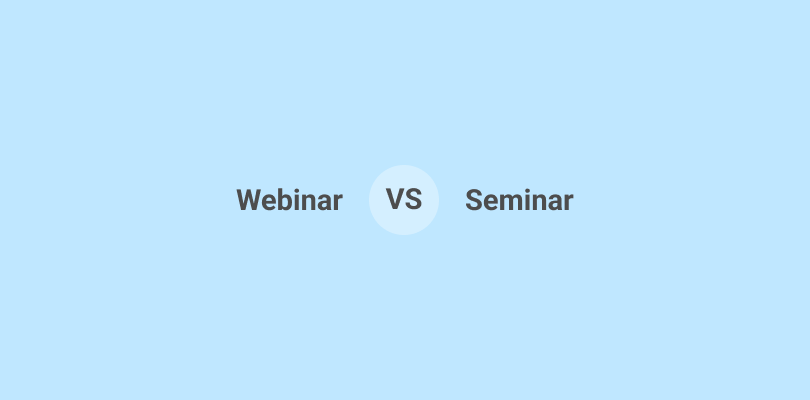
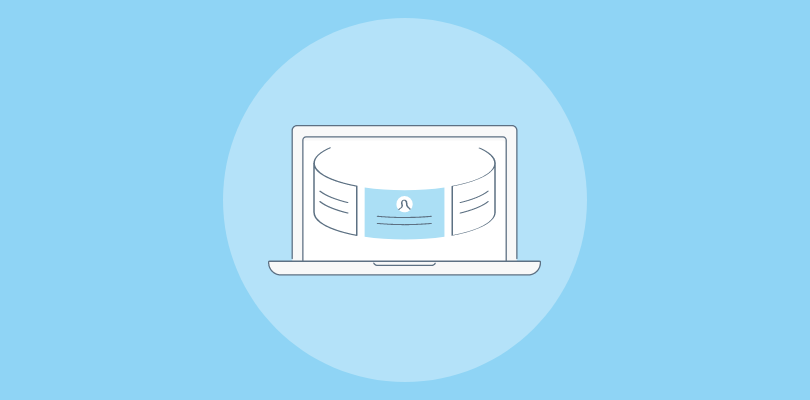
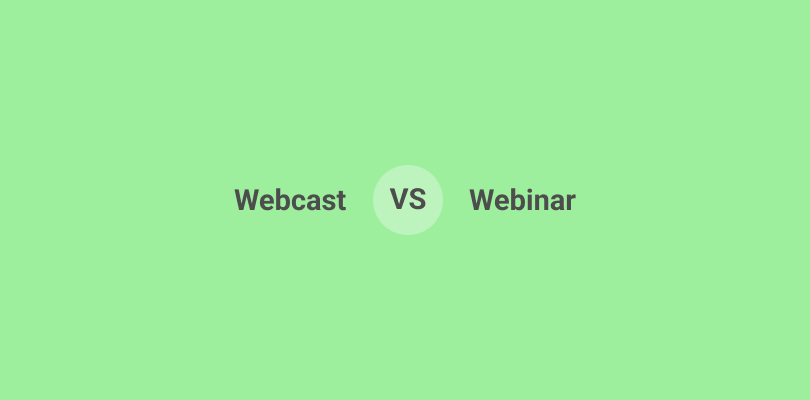
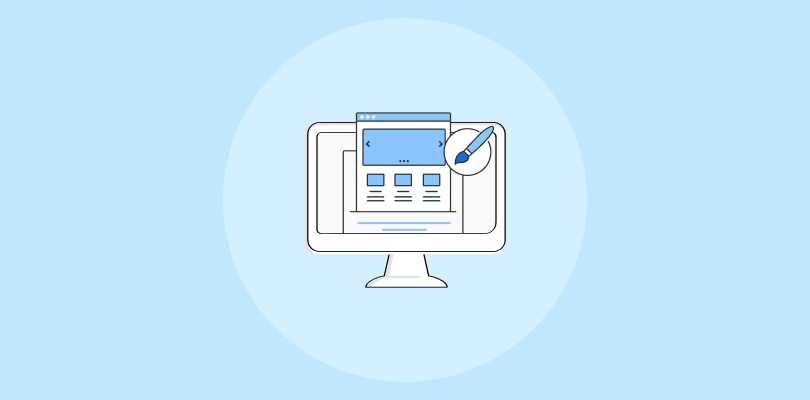

![How to Choose & Set Webinar Virtual Background [+Best Practices]](https://webinarninja.com/blog/wp-content/uploads/2025/01/Feature_WN_How-to-Choose-Set-Webinar-Virtual-Background-Best-Practices.png)